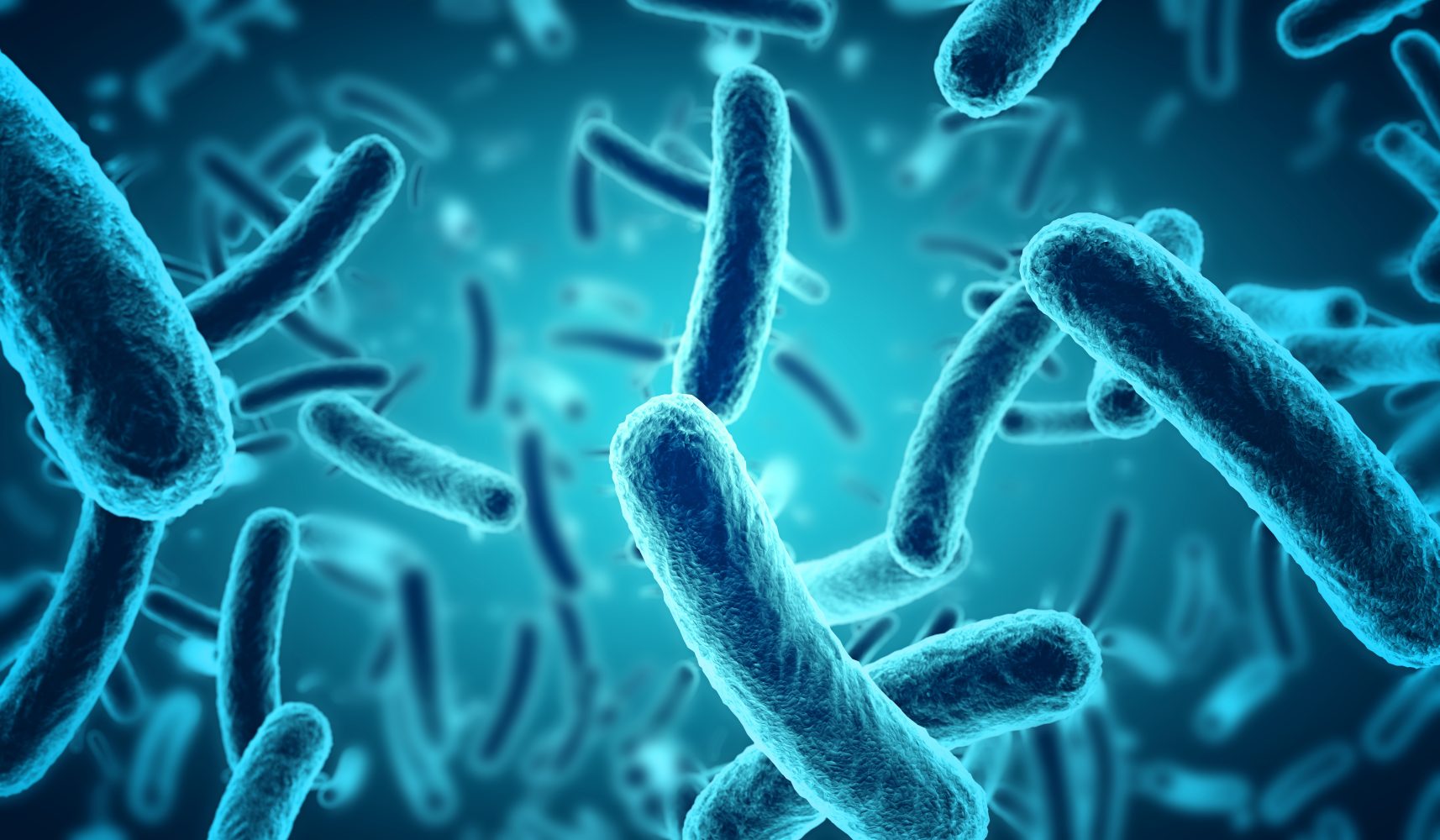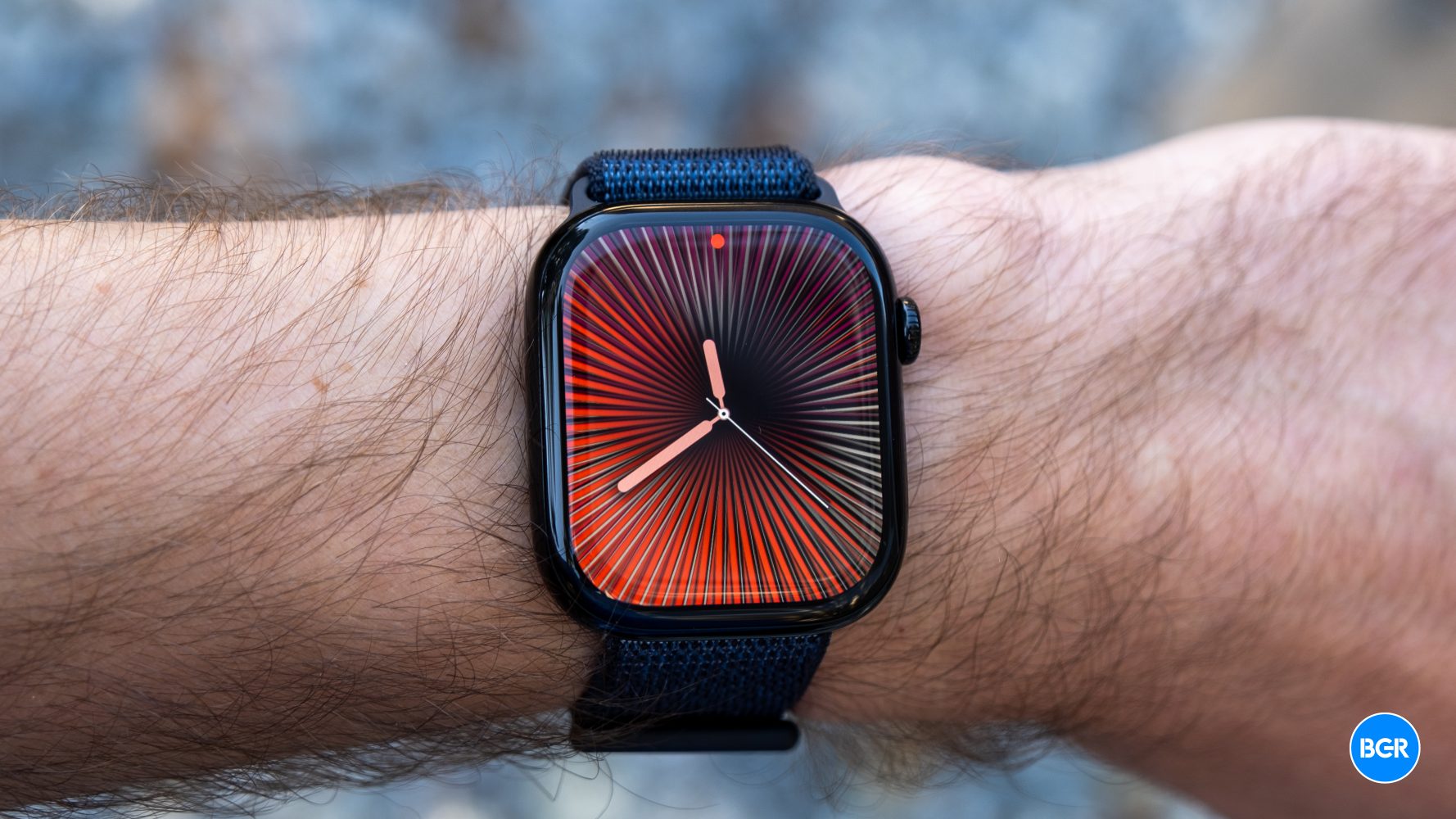
A newly discovered species of bacteria has been found living aboard China’s Tiangong space station, and scientists say it may be uniquely adapted to survive the extreme conditions of space. Named Niallia tiangongensis, the microbe was detected on the cockpit controls inside the station, where it had been living undisturbed in microgravity.
The discovery was made during routine swab sampling carried out by Chinese astronauts in May 2023 as part of the China Space Station Habitation Area Microbiome Program (CHAMP). The samples were frozen, returned to Earth, and studied by researchers who uncovered what appeared to be an entirely new bacterial species.
Genetic analysis revealed that Niallia tiangongensis shares similarities with Niallia circulans, a terrestrial bacterium. However, the newly found space station bacteria shows key genetic differences that suggest it has either evolved aboard the Tiangong station or had previously gone undetected on Earth. Scientists are still unsure of its origin.
 Image source: alejomiranda / Adobe
Image source: alejomiranda / AdobeWhat makes this discovery especially interesting is the way the bacterium appears to thrive in a nutrient-poor, low-gravity environment. It can break down gelatin to extract nutrients and form protective biofilms. It also activates responses to oxidative stress and can repair radiation damage to its cells, giving it a strong survival edge in space.
Tech. Entertainment. Science. Your inbox.
Sign up for the most interesting tech & entertainment news out there.
By signing up, I agree to the Terms of Use and have reviewed the Privacy Notice.
This isn’t the first time we’ve discovered new bacteria in space, either. Previously, the ISS was found to be home to several new strains of bacteria that had evolved.
This new species found on China’s space station can form spores, allowing it to remain dormant and highly resilient under harsh conditions. These properties may make it a useful model for studying microbial survival during spaceflight.
Researchers are now investigating whether Niallia tiangongensis poses any health risks to astronauts. Its close relative has been linked to infections in immunocompromised individuals, which raises questions about potential medical implications aboard space missions.
As humans prepare for longer and more distant missions, understanding how bacteria can form aboard space stations, as well as how it behaves and evolves will be vital for both astronaut safety and spacecraft hygiene.
























